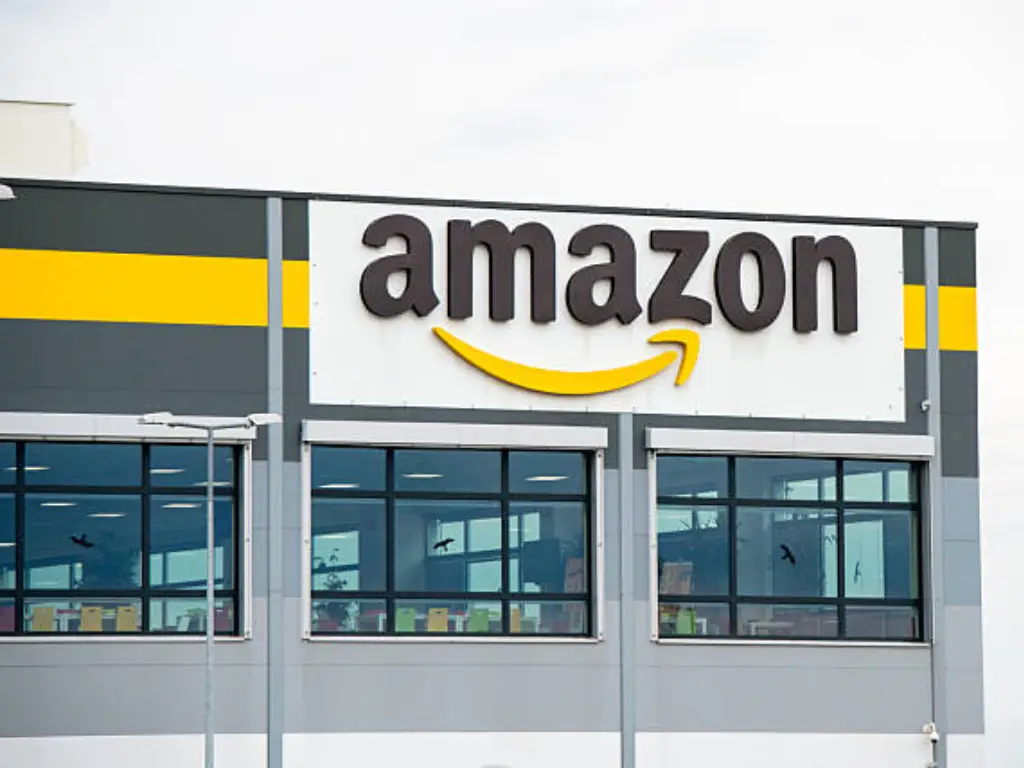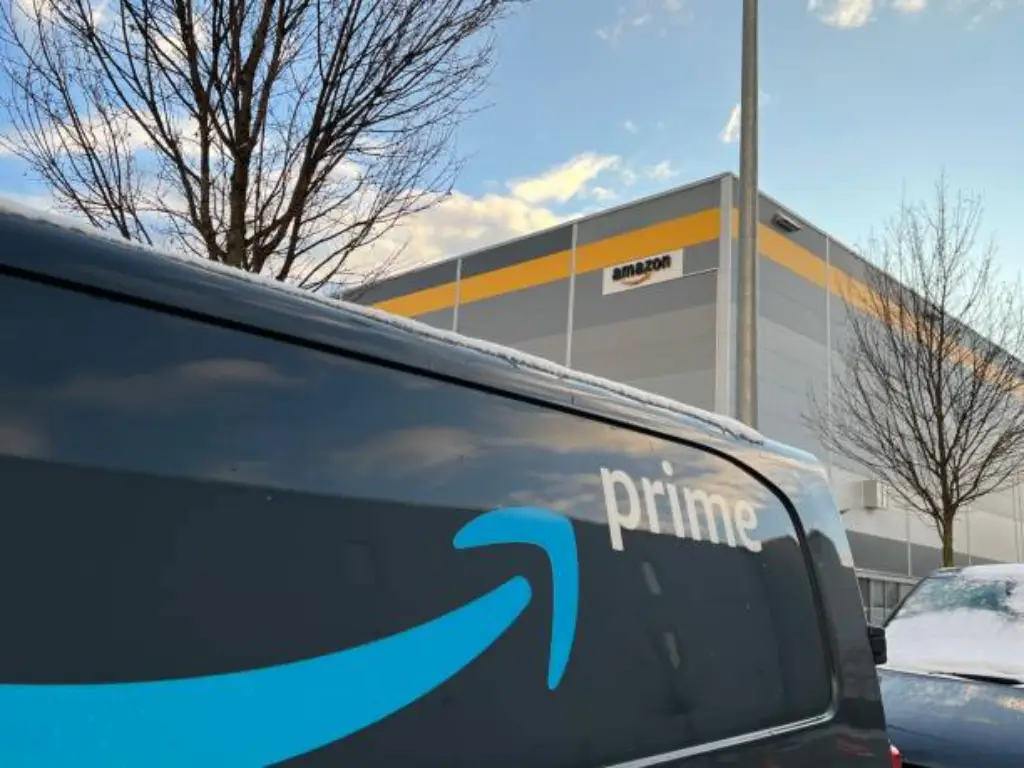Introduction
Shopify and Amazon are the two foundations that entrepreneurs in the contemporary digital economy have to make a critical decision upon. These are the online business directions that are divergent. The most popular e-commerce platform, Shopify, offers the means to create and manage your own online shop and own your brand name and customer base. The giant online marketplace Amazon provides direct access to an unprecedentedly large customer base, but puts you as a seller in its rule-based ecosystem that is already crowded. This is the most important strategic decision that your e-commerce business will make, and it determines your economic model, brand control, and customer interactions. This comparison is a conclusive roadmap to their major distinctions, exploring the philosophies, the complicated charges, such as referral fees and fulfillment fees, and the realities of operations to guide you in the right direction to take based on your ultimate business objectives.
The Core Choice: Your Brand vs. Their Marketplace
The foundational difference is one of philosophy: are you building an asset or are you accessing a channel?
A Shopify store is an asset. By creating your own store on the Shopify platform, you are creating a separate e-commerce store of your own. You own the domain. You own the design. You own the online presence. This online store is an online property that you create, nurture, and increase in value. The only thing that matters is your business goals. Although Shopify is a service that offers the underlying technology, the business, the brand, and the customer list are all yours. It is the platform of preference of DTC (Direct-to-Consumer) brands that focus on long-term equity.

Amazon is a channel. By creating an account with Amazon as a seller, you are given the right to sell your products in their online market. You are a third-party seller who sells in the Amazon ecosystem, among millions of other individual sellers and Amazon’s own-label products. The digital real estate is not yours. You do not own the platform. You are a tenant, and you have to follow the rules of Amazon, which are complicated, constantly changing, and not negotiable. This access may be suspended or revoked at any time, and on any basis that Amazon considers appropriate. The success of your online presence is solely based on your good standing in their system.
This one difference, asset versus channel, is the source of all the other pros and cons that ensue.
Brand Control and Customer Data: Who Owns the Relationship?
To any serious e-commerce business, the product is not the most important asset; the customer is. The manner in which Shopify and Amazon manage this asset is the opposite.

Shopify is built to provide you with the complete freedom to control your brand and the entire customer experience. You are in charge of the design, the images, the product information, and the checkout process. You are able to establish a brand ambience that generates trust and loyalty. Would you like to use the high-conversion, streamlined Shop Pay? You can. Would you like to have several payment options or gift cards? It is your choice. Above all, you can access 100 percent of your customer data. You know who your customers are, what they purchased, how they discovered you, and how frequently they come back. All effective retention marketing runs on this data. It enables you to create advanced email marketing campaigns, automated cart recovery sequences, and customized customer support systems. You are creating direct customer relationships that can be sustained over years.
Amazon, by its very nature, comes between you and the buyer. The customer is, by all means, an Amazon customer, not your customer. Your brand identity is extremely constrained to a template Amazon listing page and a simple Storefront. The customer experience and the checkout experience are beyond your control. You cannot do direct marketing to these customers or redirect them to your online store. You have little access to customer data, which is anonymized and only useful for satisfying. Amazon is the owner of the relationship. This poses a major long-term threat: Amazon is known to be a data-driven company that utilizes the data of third-party sellers to find and introduce its own competing products. You are, in a way, paying Amazon to know what sells best so that they can one day be able to compete with you.
Traffic and Marketing: Built-in Audience vs. Building Your Own
A store that has no traffic is a failure in the digital world. This is where the charm of Amazon cannot be ignored.
Amazon offers immediate access to the largest large customer base of high-intent buyers in the world. These are not just browsers, these are potential customers who have their credit card details stored, and are actively seeking products to purchase. With the help of good product listing and (more and more) internal advertising, your product will be visible in the search results of Amazon and will bring sales on the first day. This direct entry into a large target market is a priceless validation and cash flow tool for small businesses or individual sellers who are trying a new product. You are putting your product right into a stream of trade.
When a Shopify store is launched, it has no visitors. It is a store constructed in a digital desert and it is your 100% responsibility to construct the roads to it. This is usually the greatest challenge to new business owners. You need to master the art of marketing in order to generate your own traffic. This involves Search Engine Optimization (SEO tools) to appear in the search results of Google, content marketing, the development of a social media following, and paid advertising (Google Ads, Facebook Ads, etc.). You have to employ marketing tools and marketing applications to construct your funnels. This takes expertise, time and a huge budget. But the traffic you create is your traffic. You are creating a long-term, sustainable online presence that is not reliant on one, unstable channel.
The True Cost: A Full Fee Breakdown
Your cost structure determines profitability. The startup costs are also easy on both platforms, but the long-term fee structures differ radically. There are other expenses involved in both, but they are not the same.
Amazon: Referral Fees, FBA Fees, and Ad Costs
The fees of Amazon are complicated, fluctuating, and penalties. They are set to take a percentage of all transactions and services.
- Monthly Subscription: To be a professional Amazon seller, you will pay a monthly fee (e.g., $39.99 in the US) on your seller account.
- Referral Fees: This is the greatest expense. Amazon charges a commission on each item sold, which is referred to as a referral fee. This is usually between 8 and 20 percent of the total sale price, with 15 percent being the most prevalent. This is a fee that is paid on every sale, indefinitely.
- Fulfillment Fees (FBA): When you utilize Amazon FBA, you pay unit charges to Amazon to pick, pack, and ship your product. These charges are determined by the size and weight of an item, and they may be high.
- Storage Fees: Amazon also imposes storage fees on your inventory every month, which are calculated in cubic feet. These charges are astronomical in the holiday season and are punitive (long-term storage charges) to inventory that remains idle over a period of over 181 days.
- Other Fees: There are dozens of other fees for returns processing, inventory removal, etc. Above all, advertising (Amazon PPC) is no longer an option. Because of the high competition, you will have to spend a lot of money on advertising to have your Amazon listings noticed, which will further reduce your margins.
Shopify: Subscriptions, Payment Processing, and App Fees
The expenses of Shopify are more transparent and fixed and are based on a core subscription.
- Monthly Subscription: You pay a fixed monthly charge on your Shopify plan (e.g., Basic, Shopify, Advanced). This charge is foreseeable and opens various feature packages and reduced processing speeds. Shopify Plus can be used by enterprise-level businesses.
- Payment Processing: This is a critical detail. When you use the native payment gateway of Shopify, Shopify Payments, you are charged a standard credit card processing fee (e.g., 2.9% + 30c) and no transaction fees. Should you prefer to use a third-party payment gateway (among the numerous payment providers), Shopify will impose an extra transaction fee (between 0.5 and 2.0 percent, depending on your plan) on top of what that payment provider will charge you. Shopify Payments is nearly always the least expensive option.
- App Store Fees: This is the main source of extra expenses of Shopify. You will use the Shopify App Store to recreate the sophisticated features of Amazon (e.g., sophisticated reviews, subscriptions, sophisticated inventory management, or specialized marketing applications). Most of these applications have their own subscription costs that may cost you an extra 50-300 dollars per month. To pay these fees and get your payouts, you need to have a bank account attached.
The Fulfillment Challenge: FBA vs. Independent Logistics

In the case of small businesses, the most important bottleneck in operations is logistics, which is the physical process of storing, picking, packing, and shipping products.
Amazon FBA (Fulfillment by Amazon) is a logistical genius. You send your goods to Amazon warehouses in large quantities. When an order is received, the robots and workers of Amazon take care of the whole inventory control and delivery process. They offer the box, the tape, the shipping label, and the world-class shipping rates. They also do all the related customer service and returns of FBA orders. This is one of the main reasons why Amazon is dominant. It enables one person seller to have the logistical strength of a multinational company, growing between 10 orders a day to 1,000 without a single modification in their own workflow.
Shopify store does not have any inbuilt fulfillment. You are 100% responsible. This is referred to as merchant-fulfillment. At first, it will be keeping the products at home and going to the post office every day. This is not possible as you grow. The second option is to engage a Third-Party Logistics (3PL) warehouse, which implies complicated software connections, minimum monthly payments, and its own fulfillment costs. This is the most significant pain point of successful Shopify merchants and the main reason why many of them are reluctant to abandon the comfort of Amazon FBA.
The Shopify Seller’s “Unfair” Advantage: Using a Dropshipping Agent
This poses the final quandary: traders desire the complete authority and brand name of Shopify, yet the hands-off logistical strength of Amazon FBA. It is assumed that one has to be sacrificed to the other. This is no longer true. The answer is the contemporary, professional dropshipping agent.
It is not dropshipping as we know it (i.e. slow, unreliable shipping on AliExpress). A specialized agent, like SpeedBee Dropship, is your on-the-ground supply chain partner, and in effect, provides your Shopify store with a logistics capability that FBA cannot compete with.
Whereas FBA is a one-size-fits-all service that is concerned with convenience, an agent offers a customized solution that is concerned with quality and brand. This is one of the main distinctions. Although big platforms provide simple custom packaging, the model created by SpeedBee is designed to assist Dropshippers to reclaim control over the supply chain. The relationship begins at the source of the product with a network of 3,182 vetted suppliers. This is the trick: an agent can make on-demand visits to the factory on your behalf to upgrade the raw materials of a product or the manufacturing process. In case you are selling a product and discovering a quality problem, the solution offered by FBA is to recall your inventory. The solution that an agent would offer is to visit the factory and repair the product there.
This essentially enhances your product information and customer experience. You are not a reseller anymore, you are a product developer. Moreover, all this is enclosed in your brand. Rather than a box with the Amazon brand name on it, your customer gets a personalized package with your logo, your marketing inserts, and your brand name. This sourcing, quality control, branded fulfillment, and fast, reliable shipping service model is the solution to the greatest challenge of Shopify. It offers the convenience of FBA but with the complete flexibility and brand-building capabilities that only an independent ecommerce platform can provide.
The Advanced Strategy: Using Shopify and Amazon Together

In the case of mature ecommerce business owners, the discussion is no longer about either/or but how to utilize both. The most developed model is the Hub and Spoke model.
Your Shopify store is the Hub in this model. It is the heart of your own brand, the hub of your online presence, and the long-term asset you are developing. It is here that you push your marketing strategies, store all your customer information and develop your customer relationships.
Amazon is a Spoke- one of the sales channels. Integration apps such as the Shopify Marketplace Connect app can be used to directly integrate product information and inventory management with your Shopify dashboard to your Amazon listings. This will enable you to position your products in front of the huge customer base of Amazon to gain new customers, whom you can then (considerably) attempt to convert to your core brand experience. You may also use the Amazon FBA network to ship your Shopify orders (a feature known as Multi-Channel Fulfillment), but this usually ships in Amazon boxes, which waters down the brand experience. The idea is to leverage Amazon as it is a huge traffic channel, but not to rely on it to make your living.
Final Verdict: Which Platform Is Right for You?
The choice between Shopify and Amazon is, in the end, a choice of ambition. One path offers velocity; the other offers equity. One is a tool for rapid sales; the other is a platform for building an enduring brand identity.
You should choose Amazon if:
- You want to achieve maximum sales velocity and cash flow.
- You are selling used products (arbitrage) or trying a new, untested product.
- You desire immediate access to a huge pool of customers, and you are ready to pay high referral fees (15%+) to have it.
- You desire to take advantage of the hands-off, world-class Amazon FBA and do not want to deal with any logistical complexity.
- You like stiff competition, strict regulations, and developing your online business on a platform that you do not own or control.
You should choose Shopify if:
- The main objective of yours is to create a defensible, long-term, and valuable unique brand and ecommerce store.
- You require complete ownership of your customer experience, brand identity, and, most importantly, your customer data.
- You are ready to study and invest in your personal marketing strategies to create a sustainable online presence.
- You know that the construction of your own online store is an asset, and you are ready to play the long game. You can begin with a free trial to get acquainted with the platform.
You should use both if:
- You are a proven e-commerce company that is about to grow.
- You have Shopify as your core brand hub and ecommerce platform to own your customer relationships.
- You use Amazon as one of the many effective sales channels to get new customers in large numbers.
Finally, Amazon enables you to establish a successful selling business. Shopify enables you to create a brand.



